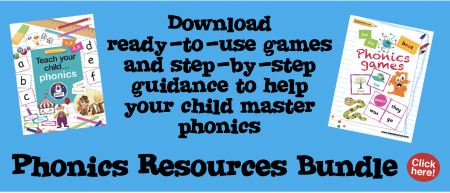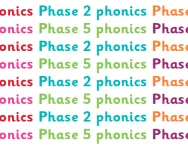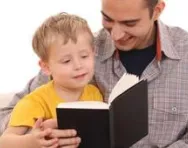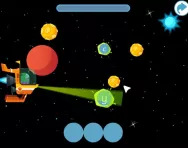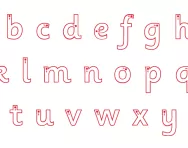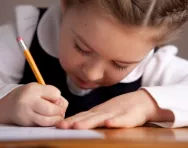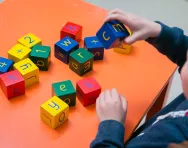TheSchoolRun.com closure date
As we informed you a few months ago, TheSchoolRun has had to make the difficult decision to close due to financial pressures and the company has now ceased trading. We had hoped to keep our content available through a partnership with another educational provider, but this provider has since withdrawn from the agreement.
As a result, we now have to permanently close TheSchoolRun.com. However, to give subscribers time to download any content they’d like to keep, we will keep the website open until 31st July 2025. After this date, the site will be taken down and there will be no further access to any resources. We strongly encourage you to download and save any resources you think you may want to use in the future.
In particular, we suggest downloading:
- Learning packs
- All the worksheets from the 11+ programme, if you are following this with your child
- Complete Learning Journey programmes (the packs below include all 40 worksheets for each programme)
You should already have received 16 primary school eBooks (worth £108.84) to download and keep. If you haven’t received these, please contact us at [email protected] before 31st July 2025, and we will send them to you.
We are very sorry that there is no way to continue offering access to resources and sincerely apologise for the inconvenience caused.
What is ‘magic e’ or a split digraph?
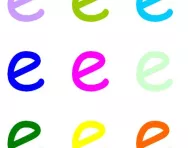
Helping your child learn to read with phonics is all very well at the beginning: “c – a – t. Cat”. Simple. But, as the English language is so notoriously complicated, it’s inevitable that learning to read and spell becomes more complicated too as primary students move on to learning more complex spelling patterns. One common spelling pattern is the ‘magic e'.
What is ‘magic e’?
The proper name for ‘magic e’ is ‘split digraph’, and it means that a vowel sound has been split. In fact some teachers no longer use the term ‘magic e’ as they feel it can be confusing – the ‘e’ isn’t magic, it’s actually doing a job. That said, some teachers like the term as it gives a fun element to spelling, which children enjoy.
A digraph is two letters (two vowels or two consonants or a vowel and a consonant) which together make one sound (as in the words tail, boat, found or read).
When a digraph is split by a consonant it becomes a split digraph. For example:
- wrote – the 'oe' here make one sound. The 'oe' digraph is split by the 't'
- lake – the 'ae' here make one sound. The 'ae' digraph is split by the 'k'.
- complete – the 'ee' here make one sound. The 'ee' digraph is split by the 't'.
When a ‘magic e’ end is added to certain three-letter words the 'e' reaches backwards over the consonant to change the sound of the vowel before it. For example, read the following words and notice the difference in the vowel sound:
| Without 'magic e' | With 'magic e' |
| grip | gripe |
| rag | rage |
| slop | slope |
| hug | huge |
| pet | Pete |
When saying the words with the ‘e’ you’ll note that the vowel sound has been changed. It’s become a long vowel sound as opposed to a shorter one.
So what is ‘silent e’?
The ‘magic e’ or ‘split digraph’ used to be known as a ‘silent e’, but the term has been largely replaced as the ‘e’ can’t be disregarded when reading in the same way that ‘k’ can in ‘know’, for instance.
However, there are some occasions when the ‘e’ at the end of the word could be considered silent – for example, in ‘come’. Think how differently we say ‘come’ to ‘cope’ – in ‘come’ the ‘e’ isn’t working its ‘magic’ and making a long vowel sound.
Adding a suffix – drop the ‘e’
An interesting spelling rule to learn about the ‘magic e’ is if you add a suffix that begins with a vowel then you usually take the ‘e’ away. For example:
| No suffix | Suffix |
| like | liking |
| bake | baking |
| hope | hoping |
Yet if the suffix begins with a consonant (e.g. ‘ly’ or ‘less’), you leave the ‘e’ where it is:
| No suffix | Suffix |
| wise | wisely |
| hope | hopeless |
When do children learn about split digraphs in school?
From the time they’re beginning to read, children are likely to come across words containing split digraphs. If your child goes to a school where they split children across the year groups and put them into ability groups for phonics, then your child could be learning this any time from the beginning of Year 1, but will continue to revise and learn the concept into Year 2.
How will my child learn about split digraphs?
At school, your child will do various phonics activities and games to help enforce their understanding. In the last 10 years there has been a more visual and active approach in some phonics lessons; these are some of the kinds of phonics exercises they might do in the classroom.
- The teacher might have three children at the front of the class each holding a letter (for example, Child 1: k, Child 2: i, Child 3: t). The class will be asked what this word says. The teacher might ask another to hold the letter ‘e’ and stand on the end, but holding hands with child 2. They might then have to sound out the word once more but, noting that as the ‘i’ and the ‘e’ are holding hands, say this as 1 vowel – “ie”.
- Another lesson might involve children each having mini-whiteboards and drawing two columns, one titled ‘oa’ and the other ‘o_e’. The teacher might say words such as “boat”, “code”, “coat” etc. and the children write the words how they think they’re spelled under the correct column. Using whiteboards can help the children to ‘have a go’ even if unsure as they know they can change if needed.
- Teachers might give children 'missing gap' sheets or cut-out word cards like these. Children will be asked to write the correct letters in the gaps to make these words, or say the three-letter word, then put the 'e' on the end and say the word again with the new vowel sound.
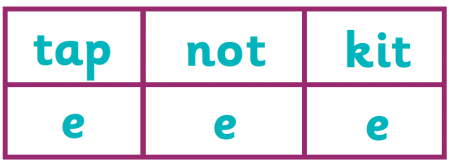
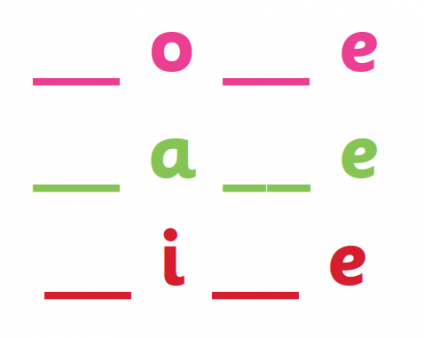
Find out more about the phonics sounds your child learns, how to practise the sounds at home and find worksheets and activities to support your child's phonics learning.
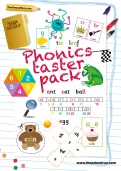
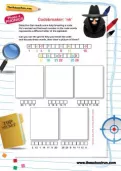
Download a FREE phonics pack
- Phonics phases sound mats
- 5 phonics games
- Plus access hundreds more phonics worksheets when you register for FREE
